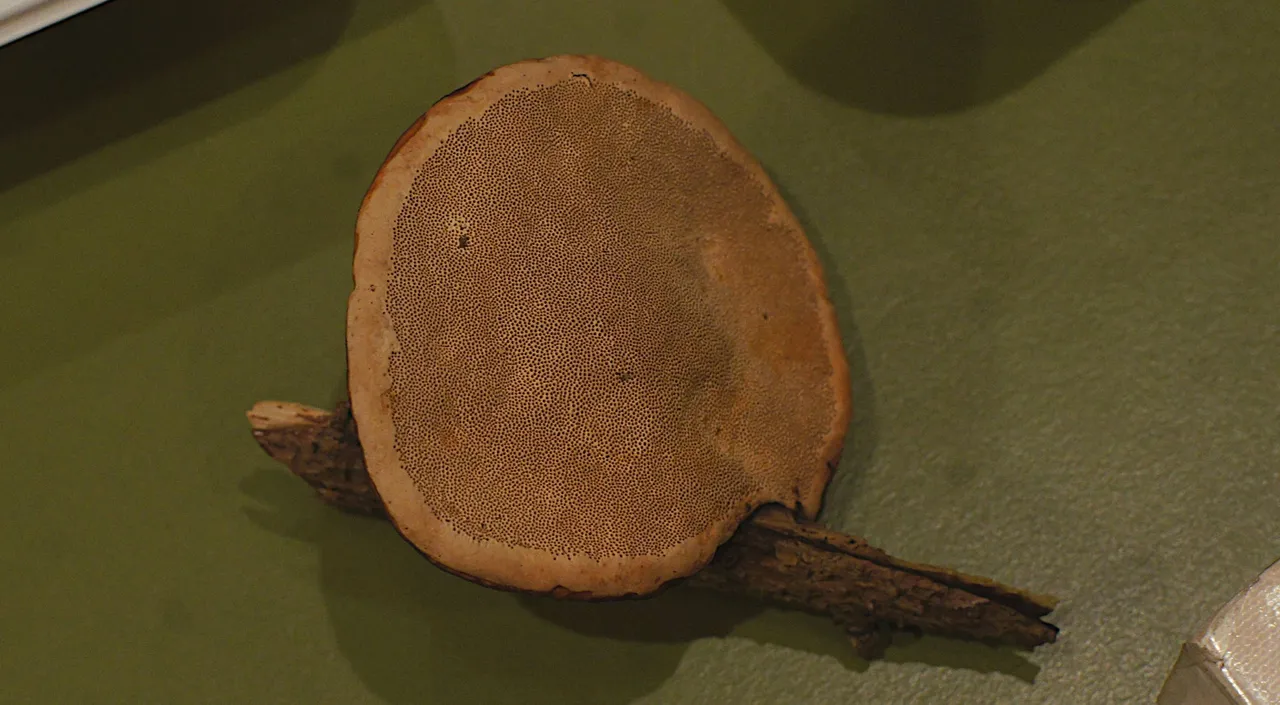
Sony Nex vg-10, 105mm f/2.5
Introduction
Dear FungiLovers Hivemind
This week I'm back with a Fungi special and a new Mushroom Protocol from my weekly mushroom identification at the Zurich association for mycological studies.
Firstly I'd like to dedicate this post to @trucklife-family, @qwerrie and @bambuka, the #fungilovers, @hive-166168, #theherbalhive, @theherbalhive, @riverflows and Paul Stamets, who has been an ought inspiring character when it comes to this. Many thanks for all the members of our association, who are keeping my enthusiasm for this topic alive and making it grow even more. I still haven't watched the documentary fantastic fungi. My imagination still goes wild and gets captivated when I read the peer reviewed research at https://mushroomreferences.com/.
The excitement I get while talking to a few of these mycological enthusiasts really sparks this frenzy that makes my heart beat with so much joy. One of the attendees is a teacher for a course on the 4th of April on saprophytic fungi and generally mycological studies. Him and another mycophilic enthusiast and me, briefly spoke about the differences between Endomycorrhiza and Ectomycorrhiza (ECM) and then about how filaments of mycelia resemble Neuron pathways. Apart from that commonality, the question whether the two are actually interlinked gave me the goos bumps in a very positive way.
When we spoke about bacterial activity dispersion and migration through mycelial pathways on so called fungal highways, the suspense turned into a thrill. Hyphae are highly fascinating. Even the hydrophobicity of the mycelial fungal surface on a molecular level seemed like a property out of a science fiction movie for my imagination. I don't even wanna describe where my mind went after I thought about all the possible connections i'd make with all that information.
We talked about biodynamics and holistic views on the equilibrium of biodiversity in natural habitats and how this should inspire agro ecological environments to be 100% chemical free. Specially how ignorant and induced farmers are because it is completely unwarranted to use chemicals. Convinced they'd get better yields from disturbing such natural processes that evolved over millions of years, they are incognisant that it's all there and better evolved than what humans create. It's probably advisable to understand more about these complex synergies prior to trying to play god.
At times I think humans try to work against it, instead of with it and this is now drastically changing towards something positive.
Apart from interesting topics like actinobacteria or actinomycetes, bioactive secondary metabolites, I concluded that natural habitats are just more avant-garde compared to agro-ecological environments and their associated food microbiological studies due to their pharma and chemical corporate funded studies and rigged advances. Positively although, it's all coming together during our paradigm shift of phylogenetic data, DNA sequencing, computational biology and our methods are currently being rigorously enhanced.
It's truly exciting where this current mycological revolution is taking us.
Recap
In my previous post Mushroom Protocol 08 , we went over 3 mushrooms.
Namely:
- The Boletellus obscurecoccineus, rhubarb bolete
- The Sarcoscypha austriaca, scarlet elfcup
- The Daedalea quercina, oak mazegill
So far we covered:
- The Scleroderma citrinum or earthball
- The Craterellus cornucopioides or horn of plenty
- The lycoperdon or puffball
- The Boletus calopus, bitter beech bolete or scarlet-stemmed bolete
- The Hygrocybe punicea, Crimson or waxycap
- The Hypholoma fasciculare, sulphur tuft
- The Hericium Erinaceus, Lion's Mane
- The Gyroporus castaneus, chestnut bolete
- The Stabilomyces Stabilaceus, old man of the woods
- The Hydnum repandum, hedgehog mushroom
- The Hericium Erinaceus, Lion's Mane
- The Coprinopsis atramentaria, ink cap
- The Hericium cirrhatum, tiered tooth fungus
- The Clitocybe nuda, wood blewit
- The Armilliria ostoyae, Dark Honey Fungus
- The Laccaria Amethystina, amethyst deceiver
- The Omphalotus illudens, eastern jack-o'lantern
- The Armilliria ostoyae, Dark Honey Fungus
- The Laccaria Amethystina, amethyst deceiver
- The Omphalotus illudens, eastern jack-o'lantern
- The Clitocybe nebularis, , Clouded Agaric
- The Amanita Muscaria, , Fly Agaric
- The Pholiota squarrosa, , shaggy scalycap
- The Clitocybe nebularis, , Clouded Agaric
- The Amanita Muscaria, , Fly Agaric
- The Pholiota squarrosa, , shaggy scalycap
- The Clitocybe nuda,, Wood Blewit
- The Pleurotus ostreatus,, Oyster Mushrooms
- The Lactarius deliciosus, , saffron milk cap
While identifying mushrooms one should be very careful and consult the advice of a specialist. Mushrooms that aren't identified properly and ingested can cause intestinal stress, could be very toxic or even poisonous. In some cases they can even cause death. This blog content is only for personal and educational purposes and not a guide on mushroom picking.
Before we start, I have to mention an experienced Lady, whose enthusiasm for mushrooms is contagious. She has amazing mnemonics to remember how to identify mushrooms and her extensive knowledge is highly valuable. A lot of the members of the mycological study group have lot of elderly and experienced individuals with extensive experience. Their knowledge is a treasury and at times a life's work of peerless data collected through rigorous activity and consistency. I find it necessary to spark this appetite amongst younger adults.
Mushrooms
Daldinia Childiae, Carbon balls
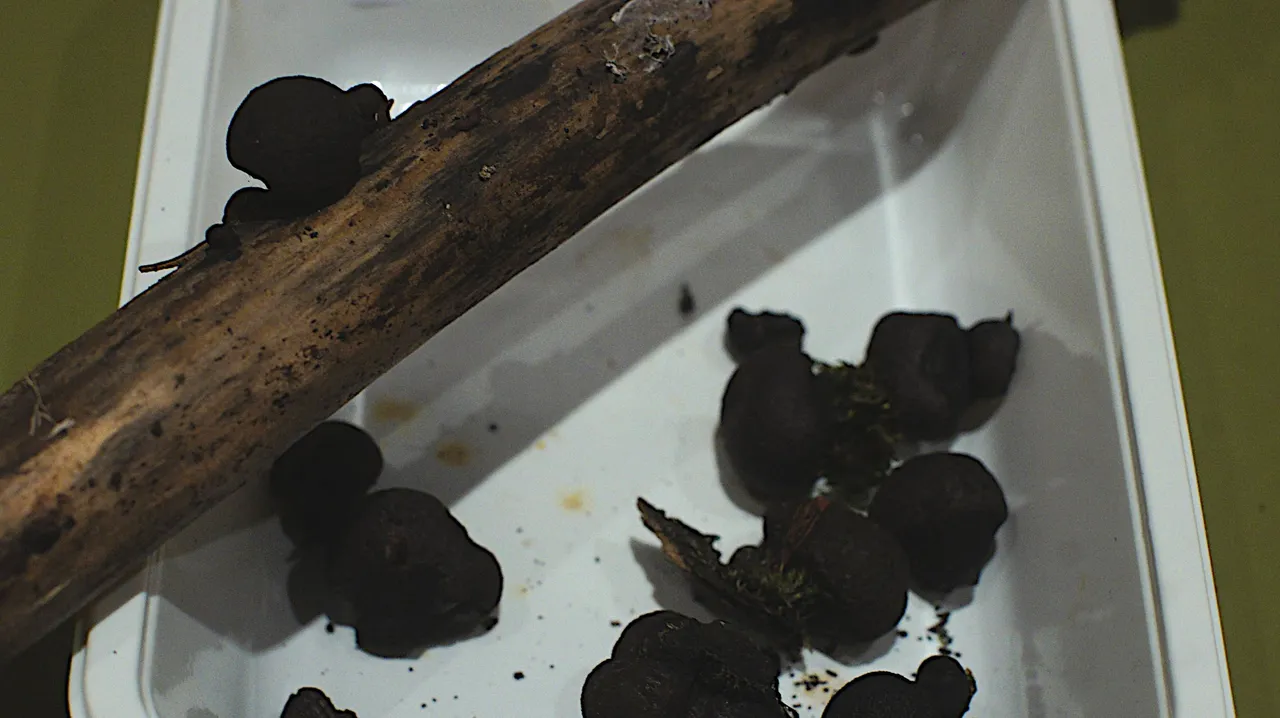

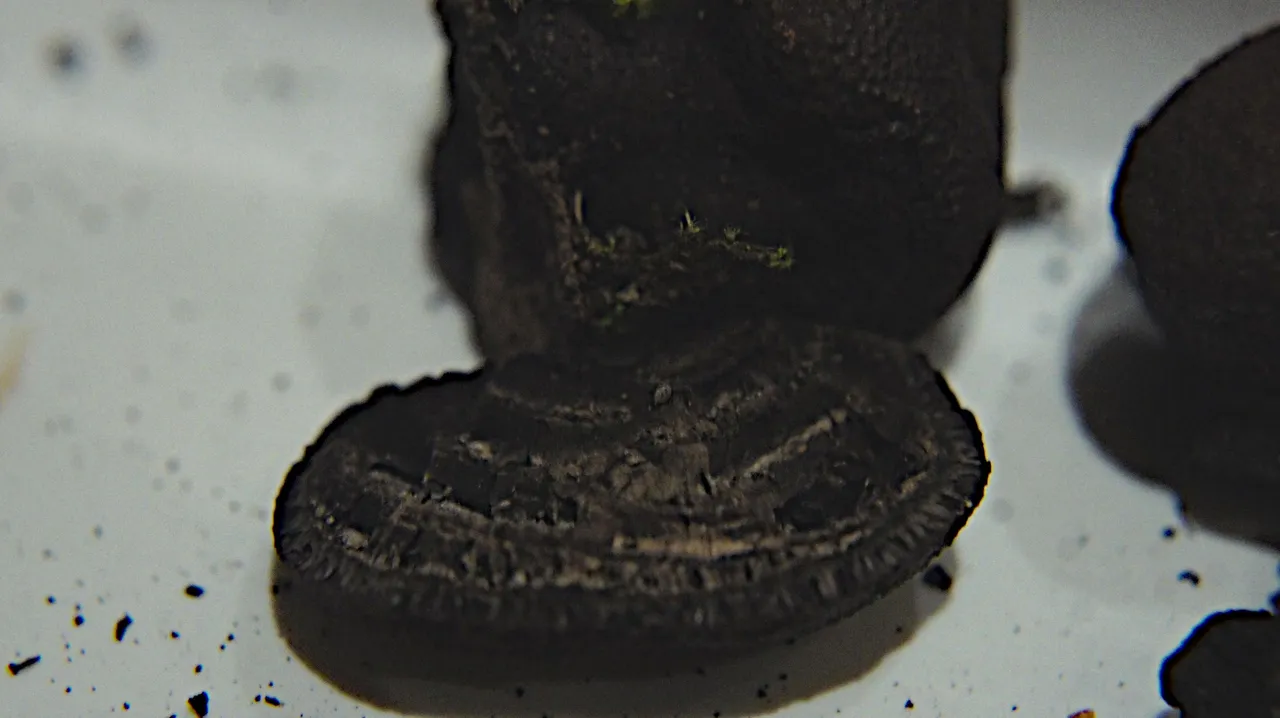
Very little about this mushroom can be found online. We do although have extensive data on more than 28 different Daldinia species in various literature.
| Class | Sordariomycetes |
| Division | Ascomycota |
| Family | Hypoxylaceae |
| Order | Xylariales |
| Genus | Daldinia |
| Scientific Name | Daldinia Childiae |
| Appearence | The shape is often hemispherical but also irregular in shape. It has layers, similar to an onion when cut open. It has concentric layers and is a wood fungus. The surface appears finely dotted (pimple-dotted) |
| Type | Mycorrhizal |
| Properties | their secondary metabolites act as antimicrobial for insects. |
| Culinary | Non-Edible |
| Habitat | They grow on decomposing branches of fallen ash trees. |

Formitopsis pinicola, red-belted conk
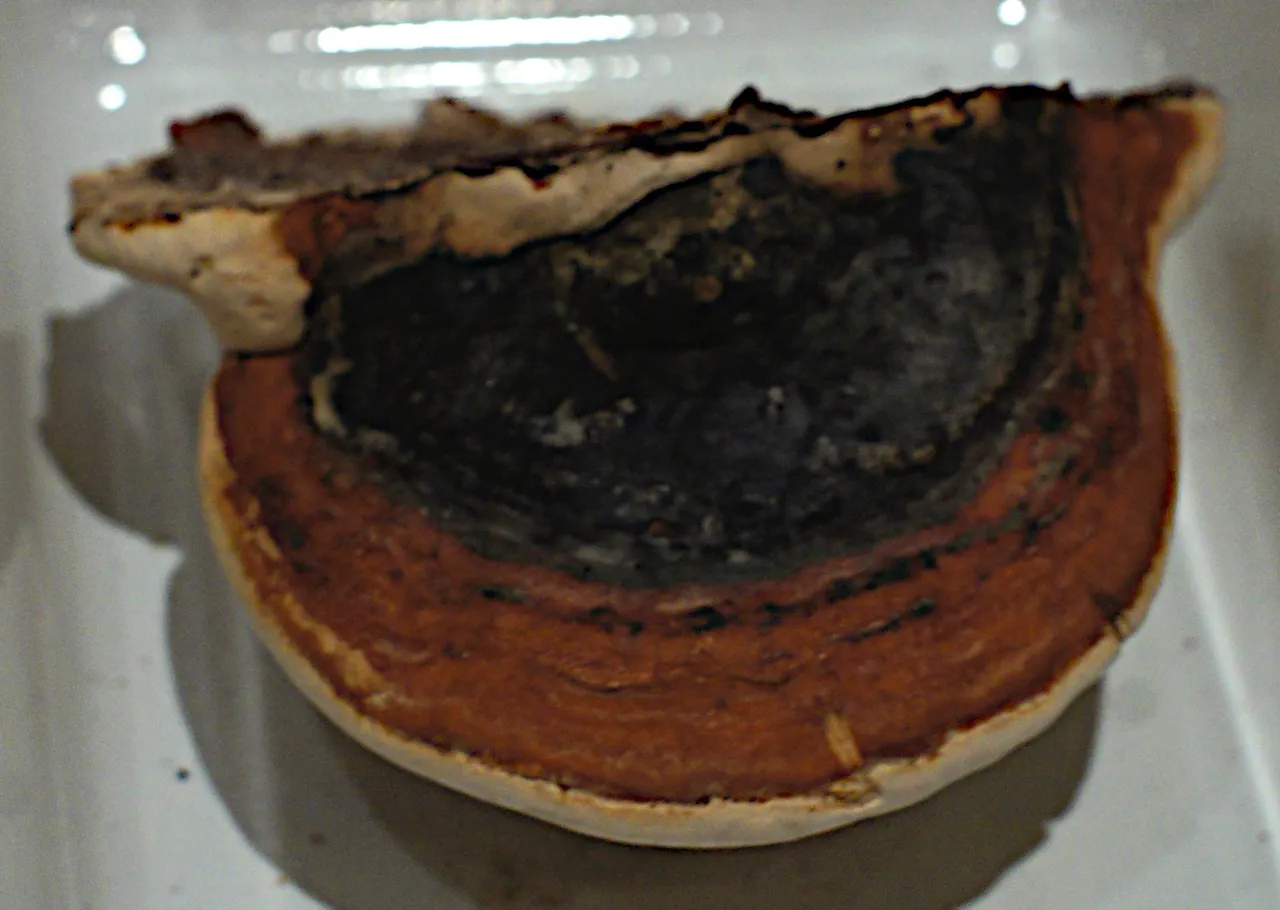
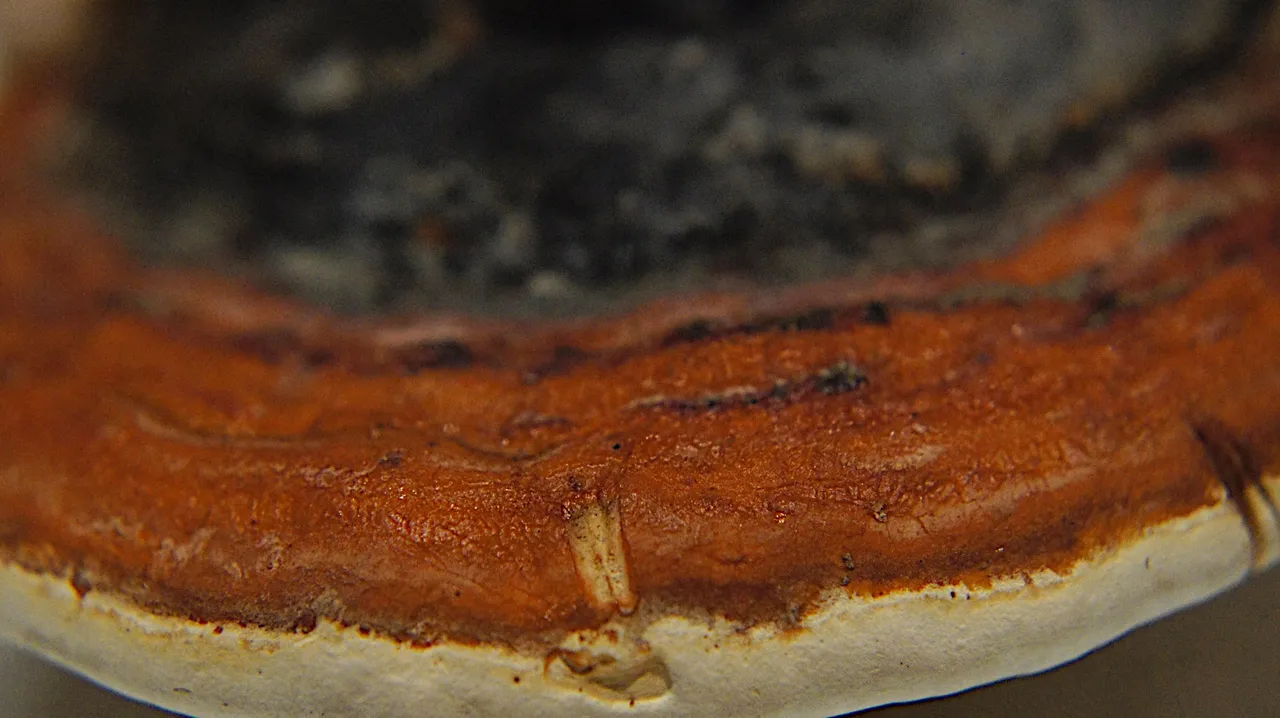
| Class | Agaricomycetes |
| Family | Fomitopsidaceae |
| Order | Polyporales |
| Division | Basidiomycota |
| Scientific Name | Fomitopsis pinicola |
| Common Name | red-belted conk |
| Appearence | Shelflike, smooth surface, a woody, hoof shaped structure. The flesh is hard and pale brown. The pores are cream in color and spaced in 3 to 4 per mm. |
| Type | Saprophytic |
| Odeur | Not signicficant. |
| Habitat | Found on living or dead conifers or in coniferous forests and sometimes on birches. |
| Medicinal Properties | The braket fungus or formitopsis pinicola has anti-cancer characteristics. Experiments revealed the pro-apoptotic, anti-oxidant and anti-inflammatory properties of extracts inhibit tumour growth. Although these experiments were performed through in vitro studies, the mushroom has been reported to inhibit tumour growth, it had been used as a medicinal fungus in Korean and Chinese medicine for centuries. Source reference citing |

Stereum subtomentosum, Yellowing Curtain Crust

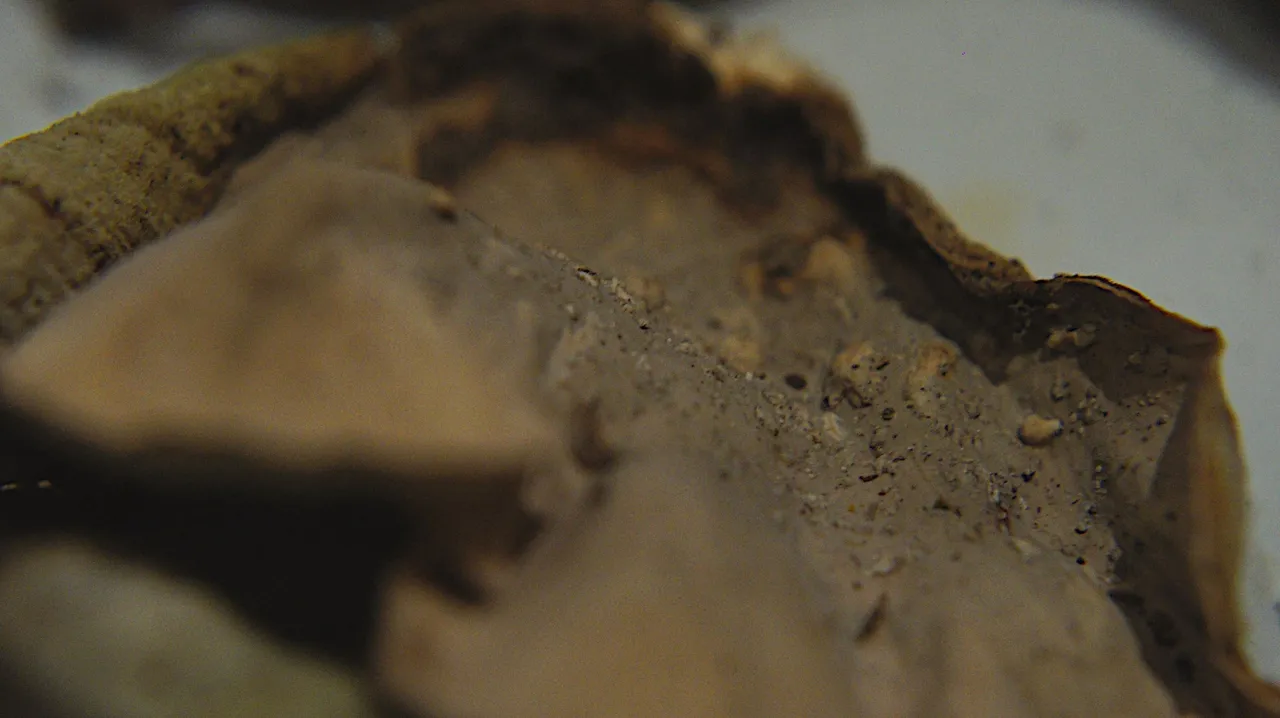
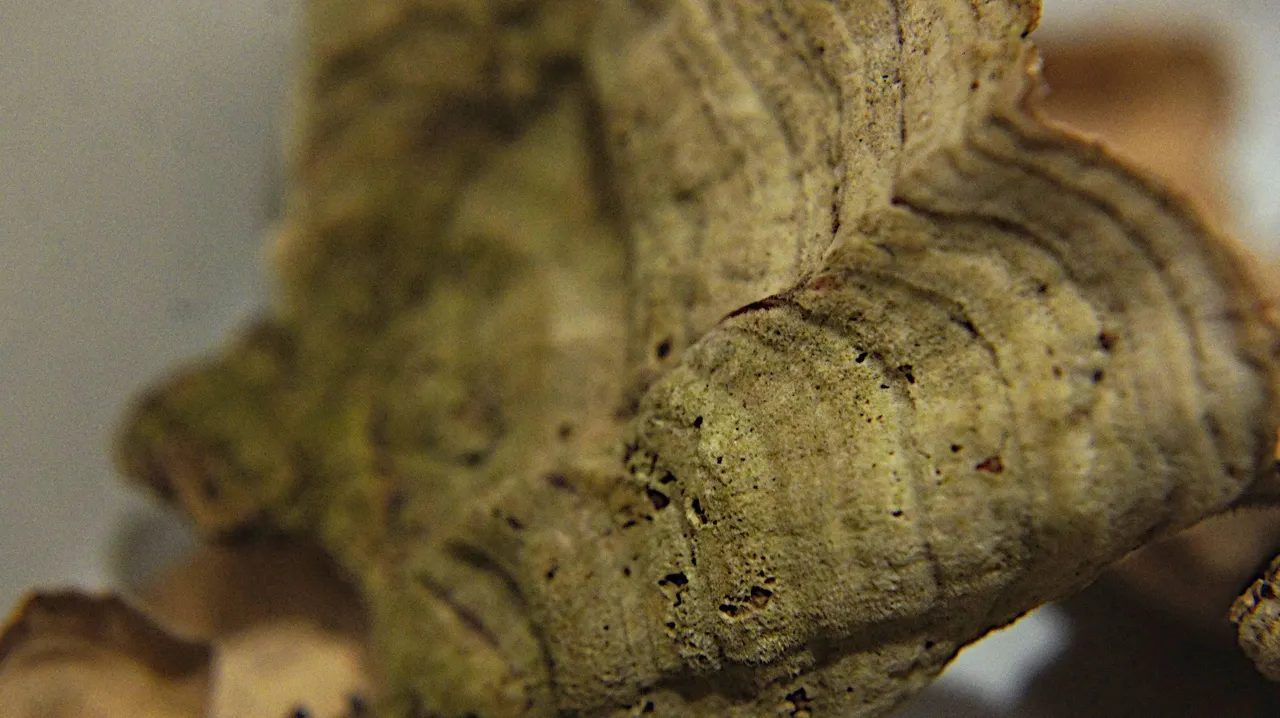
| Class | Agaricomycetes |
| Division | Basidiomycota |
| Order | Russulales |
| Family | Stereaceae |
| Genus | Stereum |
| Scientific Name | Stereum subtomentosum |
| Common Name | Yellowing Curtain Crust |
| Appearence | Individual fan-shaped brackets are 3 to 7cm across and have irregularly wavy edges. The colours, which are zoned, are various shades of greyish-orange or greyish yellow. There is no stem, but the attachment region is usually quite narrow. The lower spore-bearing surface is smooth, without pores, and rather paler than the upper surface; it is less distinctly zoned and when bruised bleeds yellow. The flesh is 1 to 2mm thick. Source The surface is velvety smooth and the pointed base look like feet. A mnemonic to remeber this for an identification would be to remember the smooth walk of a cat. |
| Habitat | Grows on dead hardwood, usually on fallen branches of beech trees. |
Conclusions
Little is known about the mycobiome on mushrooms. I am specially writing about the one in the gut, apart from our microbiome, which has received quite a lot of attention in the past few years. This study of the mycobiome is still in it's infancy and new breakthroughs related to gut health will soon elucidate many aspects of gut health through metagenomics sequencing analysis. Fungi bacteria interaction with the gut brain axis through the consumption of polysaccharide and various fungal metabolites are related to our gut mycobiome and constitute to human homeostasis. This is really exciting to think about. Apart from a myriad of microorganisms like bacteria, fungi, archae, and viruses, the microbiome received a lot of attention in the past years for it's bacterial flora, that can maintain gut health. The field Metagenomics of the Human Intestinal Tract (MetaHIT) and the famous Human Microbiome Project (HMP), also talked about a lot by Rob Knight, really sparked the revolution of systems biology and enterotypes that I keep writing about in my posts.
Imagine a biosphere. Like an atmosphere that thrives in your gut. It's probably unwise to pore acid on top of it. Think of is as an environment or an eco-system like an atmosphere where organisms thrive much like within the atmosphere of our earth.
There is also something called the rare biosphere. The fungal microbiota resides on the mucosal and luminal surfaces of the gut. Imagine similar processes I described at the top of this post and let that imagination flourish. Mushrooms can have a revolutionary impact through their antiobesity, antidiabetes, anticancer, antibiotic, probiotic and prebiotic effects and the properties of their bioactive compounds. The mycobiome and it's composition have a major effect on the host metabolism. Thermomyces and Saccharomyces and the interaction between gut microbes interface
to take part in digestion and energy extraction that truly shapes human metabolism. Oligosaccharides produce short-chain fatty acids and metabolites condition and even repair endobionenic immune signalling. We humans are actually a Superorganism, consisting of independent smaller organisms. Bacteria, fungi, virus, archaea. It is clear that epigenetic modulation takes place in this molecular relationship and impacts the hosts gene expression. Major bioactive compounds, such as glucans (homopolysaccharides) and polysaccharides (heteropolysaccharides) have anticarcinogenic, antimicrobial, and antiviral effects. The remarkable immunomodulating potential will imminently reveal itself to us in the coming years. We live in exciting times. More here
Thank you for reading
Best Wishes
Rane
Previous Posts on Mushrooms:

Posts about Wild Herbs:

Vanishing
Dong Chang 东厂
aka Rane

"It already happened! They're just not sure because they think there's time. The future and the past exists now."
- @yangyanje

Feel free to tip Wallets for support:
Bitcoin
3Mvofn1VynU168DuYtMsDqnUMSw7nQ8JEQ
Ethereum, XDAI, Polygon, Binance Smart Chain...: 0x0398edefB9d18A6a7c9fe573bdeedB7797283Ae5
Tezos:
tz1iSv5gWfPqUqaGChhfX8Vj3yquj36fad2Y
Cosmos:
cosmos1l66z8kxxgvftw7cprz5dlzvzm4tyefhrvm3w03
Solana:
9AmMfaerhNgsz2maByDUGrPMKYQRVeYQXJvCe9n48Fti
Terra
terra1m7q65zpa8y2zamjxqtnt43tprm36utkckdqf3a
Osmosis
osmo1l66z8kxxgvftw7cprz5dlzvzm4tyefhryqz7er


| 10 HP | 20 HP | 30 HP | 100 HP | 250 HP | 500 HP | 1000 HP | 2000 HP | 5000 HP |
|---|
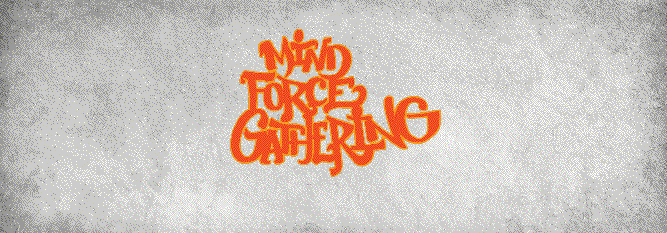
Delegate to the Mind Force Gathering @mind.force and support 92 artist, growing by the day. Official launch of @hive-127039 on the 28. March. Secure a top spot for a larger ROD % on curation rewards. First come, First serve.
| 10 HP | 20 HP | 30 HP | 100 HP | 250 HP | 500 HP | 1000 HP | 2000 HP | 5000 HP |
|---|


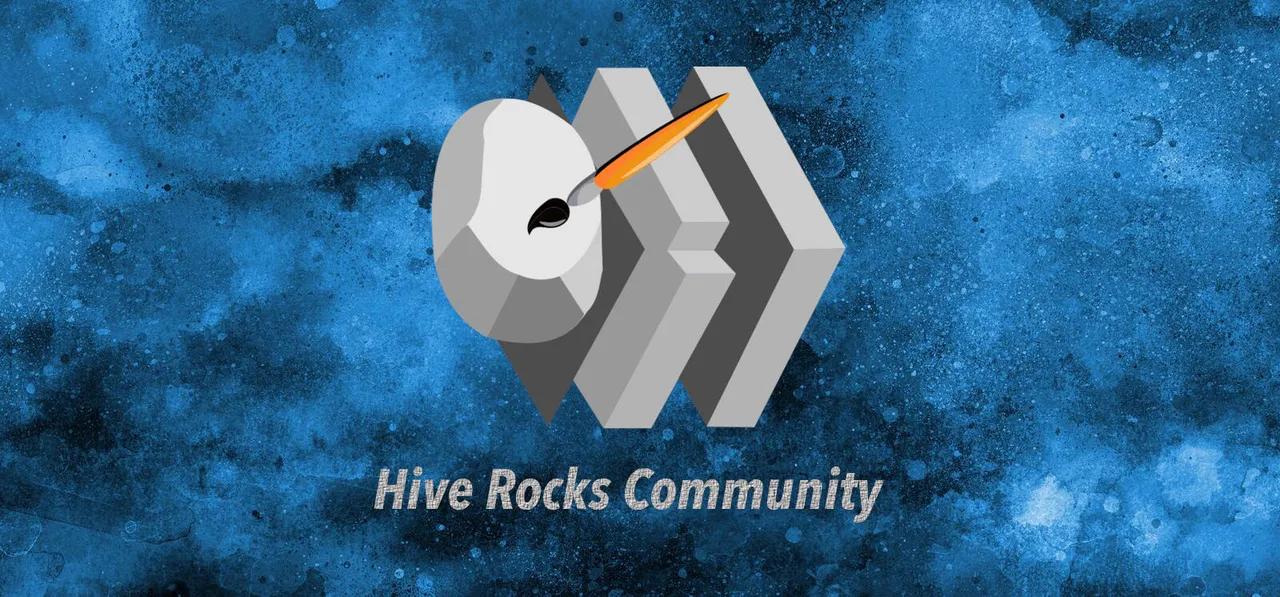 Admin at the Hive Rocks Community
Admin at the Hive Rocks Community

